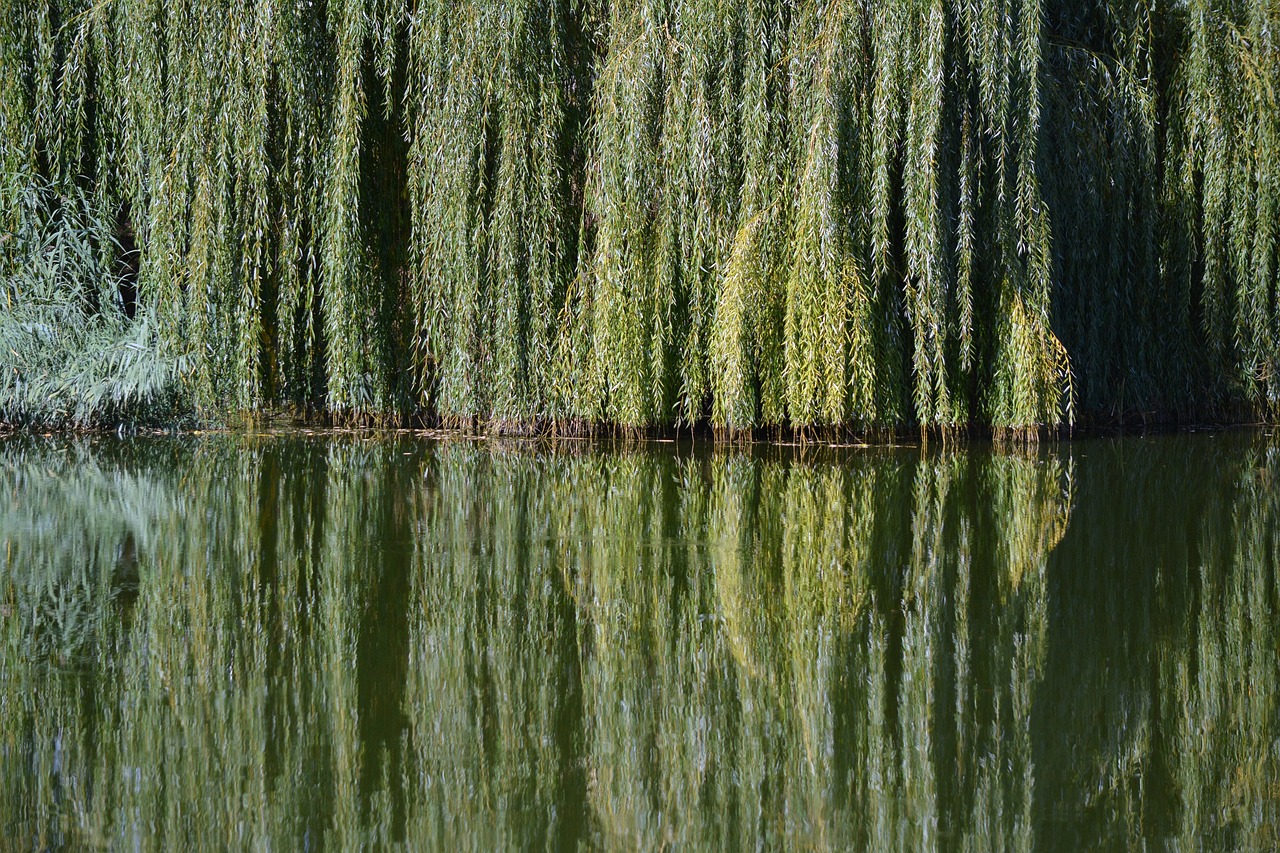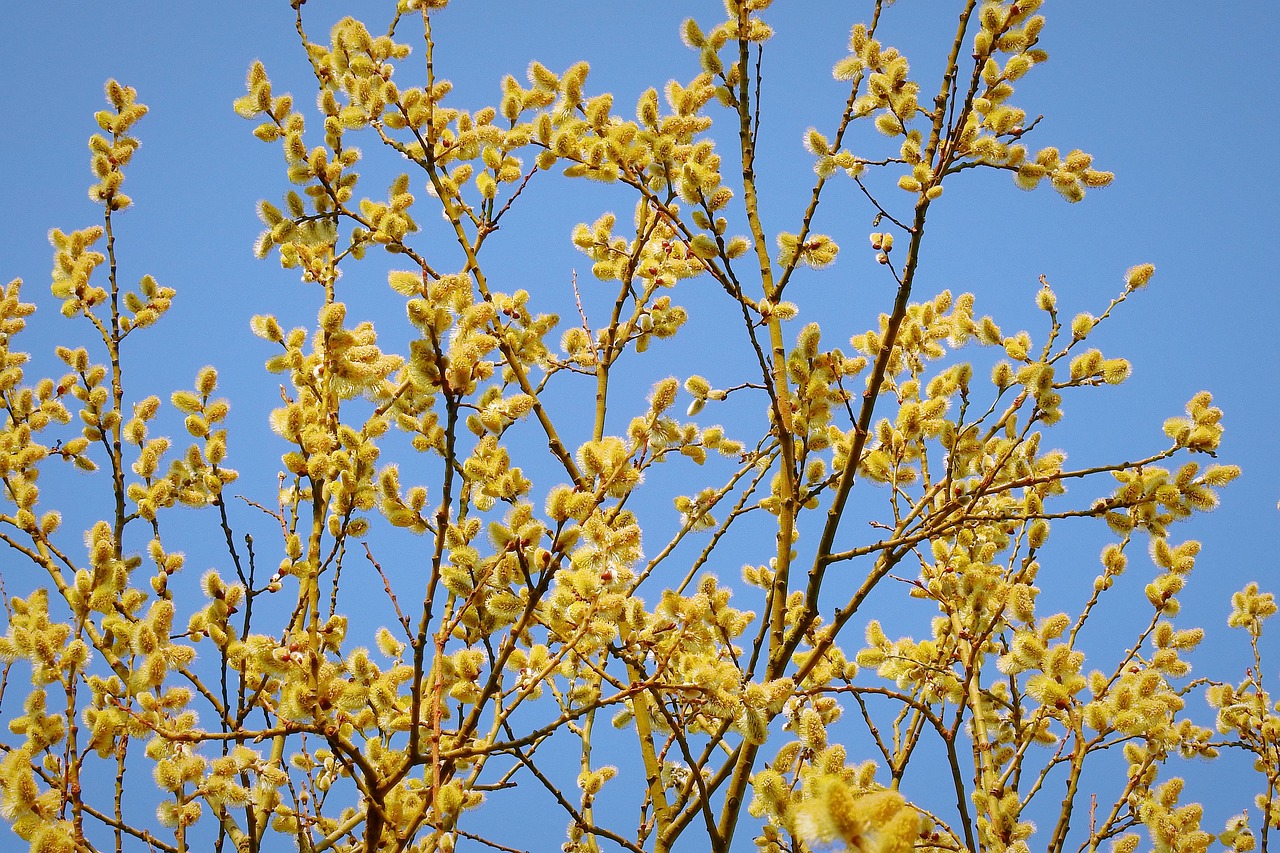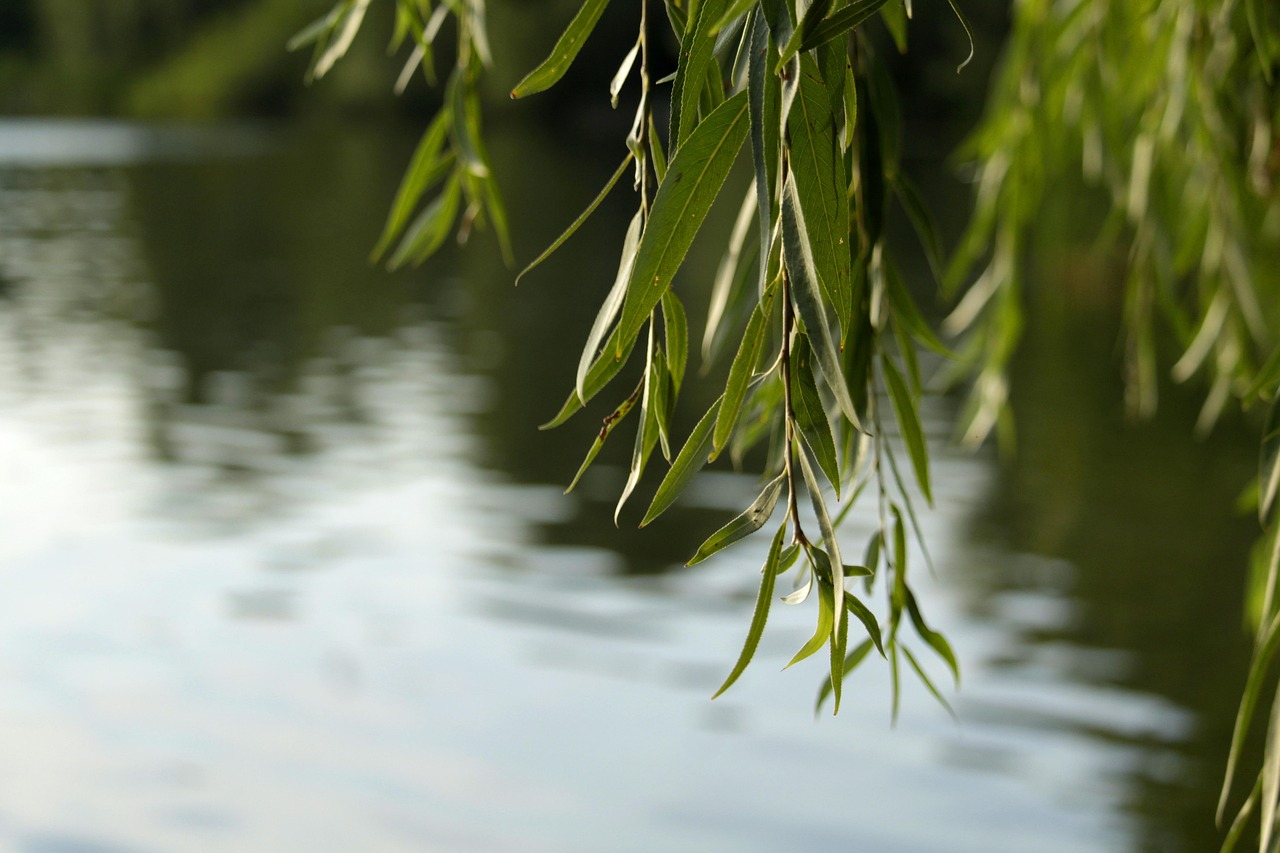The Desert Willow tree (Chilopsis linearis) typically exhibits a moderate growth rate, averaging 1 to 2 feet per year. This makes it an excellent choice for xeriscaping projects, where water conservation and drought tolerance are essential.
Understanding the Desert Willow Tree
The Desert Willow is a beautiful, deciduous tree native to the southwestern United States and northern Mexico. Known for its stunning, trumpet-shaped flowers and graceful, willow-like foliage, this tree thrives in arid conditions. Its ability to withstand drought makes it a popular choice for xeriscaping projects, which focus on landscaping designed to reduce or eliminate the need for irrigation.

In addition to its aesthetic appeal, the Desert Willow offers several practical benefits. It provides shade during hot summer months and attracts pollinators such as bees and hummingbirds. These qualities make it not only a functional addition to gardens but also a vital part of the local ecosystem.
Growth Rate Factors
The growth rate of the Desert Willow can vary based on several factors. Understanding these factors can help gardeners and landscapers achieve optimal growth in their xeriscaping projects. Here are some key influences on its growth rate:
- Soil Quality: Well-draining soils rich in organic matter promote healthy growth.
- Water Availability: While tolerant of drought, regular watering during the establishment phase enhances growth.
- Sun Exposure: Full sun exposure encourages faster growth and more vibrant flowering.
- Temperature: Desert Willows thrive in warm climates, making them more suitable for regions with high temperatures.
- Pests and Diseases: Keeping the tree healthy and free from infestations can support steady growth.
Typical Growth Patterns
Desert Willows generally exhibit a moderate growth pattern. Here are some specific details regarding their growth stages:

| Age of Tree (Years) | Average Height (Feet) | Average Width (Feet) |
|---|---|---|
| 1 | 3-5 | 3-4 |
| 3 | 6-10 | 5-8 |
| 5 | 10-15 | 10-12 |
| 10 | 15-20 | 15-20 |
This table highlights the expected growth of the Desert Willow over time. A young tree may reach about 5 feet tall within its first year. By the age of three, it can grow to between 6 and 10 feet, showing significant progress. After five years, the tree’s height can reach up to 15 feet, with a width of 10 to 12 feet, making it a substantial addition to any landscape.
Cultivation Tips for Optimal Growth
To ensure that the Desert Willow grows to its full potential, consider implementing these cultivation tips:
- Planting Location: Choose a spot with plenty of sunlight. The ideal location will help the tree establish strong roots.
- Watering Schedule: Water deeply but infrequently after planting until the tree is established. Once established, the tree requires minimal watering.
- Mulching: Apply mulch around the base to help retain moisture and suppress weeds.
- Pruning: Prune annually to maintain shape and remove any dead or damaged branches.
With proper care, the Desert Willow can thrive in xeriscaping projects, providing both beauty and functionality. Its moderate growth rate allows it to fit well into various landscape designs while also supporting water conservation efforts.

The Desert Willow is indeed a remarkable option for those looking to enhance their outdoor spaces in arid environments. Its adaptability and aesthetic qualities make it an ideal choice for sustainable landscaping solutions.
Environmental Benefits of the Desert Willow
The Desert Willow tree is not only a beautiful addition to xeriscaping projects but also offers numerous environmental benefits. Understanding these advantages can help homeowners and landscapers appreciate the importance of choosing native plants.
One of the primary benefits of the Desert Willow is its ability to conserve water. This tree is well adapted to dry climates, making it an excellent choice for sustainable landscaping practices. Here are some key environmental benefits:
- Drought Resistance: The Desert Willow has deep roots that allow it to access water reserves in the soil, enabling it to survive in arid conditions.
- Pollinator Habitat: The tree’s flowers attract various pollinators, including bees and hummingbirds, which are essential for maintaining biodiversity.
- Air Quality Improvement: Like other trees, the Desert Willow helps improve air quality by absorbing carbon dioxide and releasing oxygen.
- Soil Erosion Control: Its root system stabilizes the soil, reducing erosion and promoting a healthier ecosystem.
Flowering and Aesthetic Appeal
The Desert Willow is renowned for its stunning flowers, which bloom from late spring to early fall. These trumpet-shaped flowers come in shades of pink, purple, and white, adding vibrant colors to any landscape. The tree’s aesthetic appeal makes it a popular choice for gardeners looking to enhance their outdoor spaces.

In addition to its flowers, the Desert Willow features slender, elongated leaves that resemble those of traditional willows. This unique foliage contributes to the tree’s graceful appearance. Here are some aesthetic qualities to consider:
- Seasonal Interest: The Desert Willow provides seasonal beauty throughout the year, with its flowers attracting attention in warmer months.
- Variety of Cultivars: There are several cultivars available, each with unique flower colors and growth habits, allowing for customization in landscape design.
- Natural Focal Point: The tree can serve as a focal point in gardens or landscapes, drawing the eye with its striking blooms.
Maintenance Considerations
While the Desert Willow is relatively low-maintenance, some care is necessary to ensure healthy growth and flowering. Proper maintenance practices can enhance the tree’s longevity and overall health. Here are essential maintenance tips:
- Watering: During the establishment phase, regular watering is crucial. Once established, reduce watering frequency, as the tree is drought-tolerant.
- Pest Management: Monitor for common pests such as aphids and scale insects. Use organic pest control methods when necessary.
- Fertilization: Fertilize sparingly. A balanced fertilizer applied once a year in early spring can support healthy growth.
- Pruning Techniques: Prune during the dormant season to shape the tree and remove any dead or damaged branches.
Planting Tips for Success
To successfully establish a Desert Willow in your xeriscaping project, follow these practical planting tips:
- Selecting the Right Location: Choose a sunny area with well-draining soil. Avoid locations where water tends to pool after heavy rains.
- Preparing the Soil: Amend the soil with organic matter to improve drainage and nutrient content before planting.
- Spacing: Space multiple trees adequately to allow for their mature width. This prevents overcrowding and promotes healthy growth.
- Mulching After Planting: Apply a layer of mulch around the base after planting to retain moisture and suppress weeds.
The proper planting techniques will set the foundation for a thriving Desert Willow. As this tree establishes itself in your landscape, it will contribute significantly to both beauty and environmental health.
Cultural Significance
The Desert Willow carries cultural significance in many Native American tribes. It has been used for various purposes, including crafting tools and weaving baskets. Understanding these cultural aspects adds depth to its significance beyond aesthetics and ecological benefits.
In addition to its practical uses, the Desert Willow holds symbolic meaning in some cultures. It represents resilience and adaptability, traits that resonate with those living in arid environments.
The combination of aesthetic appeal, environmental benefits, and cultural significance makes the Desert Willow an excellent choice for xeriscaping projects. Its diverse qualities provide not only a pleasing visual element but also support local ecosystems and historical traditions.
Pest and Disease Management
While the Desert Willow is a hardy tree, it can be susceptible to a few pests and diseases. Effective management is essential to ensure the health of the tree and its surrounding ecosystem. Understanding potential threats and how to address them can help maintain the vitality of the Desert Willow in xeriscaping projects.
Common Pests
The following are some pests that may affect Desert Willows:
- Aphids: These small insects feed on sap, which can lead to stunted growth. They can also produce a sticky substance known as honeydew, attracting other pests.
- Scale Insects: Scale insects appear as small, brown or white bumps on the branches and leaves. They suck the sap from the plant and can weaken the tree over time.
- Spider Mites: These tiny arachnids can cause leaf discoloration and webbing. They thrive in hot, dry conditions.
Disease Concerns
In addition to pests, certain diseases can affect Desert Willows. Some common issues include:
- Root Rot: Caused by overwatering or poorly draining soil, root rot can lead to tree decline. Symptoms include yellowing leaves and wilting.
- Leaf Spot: This fungal infection results in dark spots on leaves, which may eventually fall off. It usually occurs in conditions of high humidity.
- Powdery Mildew: A white, powdery fungus that can cover leaves, powdery mildew thrives in warm, dry conditions with high humidity.
Management Strategies
To effectively manage pests and diseases, consider the following strategies:
- Regular Monitoring: Inspect the tree regularly for signs of pests or disease. Early detection is key to effective treatment.
- Natural Remedies: Use insecticidal soap or neem oil to manage pest populations without harming beneficial insects.
- Proper Watering Techniques: Water deeply but infrequently to avoid creating conditions that favor root rot. Ensure good drainage in planting areas.
- Cultural Practices: Remove fallen leaves and debris around the base of the tree to reduce disease risk and improve air circulation.
Companion Planting with Desert Willow
Companion planting involves growing different plants close together for mutual benefits. The Desert Willow can be effectively paired with several other plants in xeriscaping projects, enhancing both aesthetics and ecological health. Here are some excellent companion plants:
- Sage: This aromatic herb thrives in similar arid conditions and attracts beneficial pollinators.
- Lantana: A drought-tolerant flowering shrub that complements the colors of the Desert Willow and attracts butterflies.
- Agave: This succulent pairs well due to its low water needs and provides a striking contrast in texture and form.
- Desert Marigold: This perennial plant adds bright yellow blooms and is well-suited for dry environments.
Creating a Xeriscape with Desert Willow
A successful xeriscape design incorporates various elements to create a sustainable landscape that conserves water. The Desert Willow plays a vital role in this design due to its adaptability and visual appeal. Here are some tips for incorporating it into your xeriscaping project:
- Layering Plants: Plant the Desert Willow as a focal point with lower-growing plants around its base to create depth and visual interest.
- Diversifying Plant Selection: Incorporate a mix of native plants alongside the Desert Willow to create a balanced ecosystem that attracts wildlife.
- Utilizing Mulch: Apply mulch around the base of the Desert Willow to retain soil moisture and suppress weeds, enhancing the health of neighboring plants.
- Strategic Placement: Position the Desert Willow where it can provide shade for other plants, helping them thrive in the hot climate.
Irrigation Techniques for Desert Willow
Even though the Desert Willow is drought-tolerant, establishing the tree requires careful attention to irrigation techniques. Implementing efficient watering practices can significantly improve growth rates during the initial years. Here are some effective irrigation strategies:
- Drip Irrigation: This method delivers water directly to the root zone, minimizing waste and ensuring deep watering.
- Soaker Hoses: These hoses allow water to seep out slowly along their length, providing consistent moisture without oversaturation.
- Rainwater Harvesting: Collect rainwater from gutters and downspouts to use for irrigation. This method promotes sustainability while saving on water costs.
By implementing these irrigation techniques, you will support the growth of your Desert Willow while conserving water resources effectively.
Long-Term Care and Considerations
Once the Desert Willow is established, ongoing care is essential to ensure its health and longevity. Although it is a low-maintenance tree, periodic attention will enhance its growth and flowering potential. Here are some long-term care considerations for the Desert Willow:
- Seasonal Fertilization: While not overly demanding, applying a balanced fertilizer in early spring can promote healthy growth. This practice helps the tree to thrive in nutrient-poor soils typical of xeriscaping environments.
- Monitoring for Weeds: Regularly check for invasive weeds that may compete with the Desert Willow for water and nutrients. Removing these weeds helps maintain your landscape’s health.
- Regular Inspections: Keep an eye on the tree for signs of stress or disease. Early detection of issues can prevent more severe problems down the road.
- Adapting to Climate Changes: As climate conditions shift, be prepared to adjust your care techniques accordingly. This may involve altering watering schedules or protecting the tree during extreme weather events.
Wildlife Benefits of the Desert Willow
The Desert Willow not only enhances human landscapes but also supports local wildlife. By planting this tree, you contribute to fostering biodiversity in your area. Some wildlife benefits include:
- Attracting Pollinators: The flowers of the Desert Willow are a magnet for bees, butterflies, and hummingbirds. This attraction plays a key role in pollination for surrounding plants.
- Providing Habitat: The tree offers shelter and nesting sites for various bird species, creating a lively ecosystem in your garden.
- Supporting Beneficial Insects: Many beneficial insects rely on the nectar from Desert Willow flowers, helping to control pest populations naturally.
Designing a Xeriscape with Desert Willow
Incorporating the Desert Willow into a xeriscaping project involves thoughtful planning and design. Here are some design tips to optimize your landscape:
- Creating Microclimates: Use the shade provided by the Desert Willow to create cooler areas in your garden. This can benefit other plants that may require more moisture or protection from intense sunlight.
- Layering Plants: Combine the Desert Willow with other native plants that have similar water and light requirements. This creates a cohesive and sustainable landscape.
- Utilizing Texture and Color: Pair the delicate foliage of the Desert Willow with plants that have contrasting textures and colors to enhance visual interest throughout the seasons.
Final Thoughts
The Desert Willow tree is a remarkable choice for xeriscaping projects, offering a blend of beauty, ecological benefits, and cultural significance. Its moderate growth rate allows it to establish itself effectively while providing essential resources for local wildlife. With proper care, irrigation techniques, and companion planting strategies, homeowners can create stunning landscapes that thrive in arid conditions.
This tree not only conserves water but also contributes to a sustainable environment. By choosing the Desert Willow, you support biodiversity, enhance your outdoor space, and engage in responsible landscaping practices. As climate challenges continue to grow, incorporating drought-tolerant species like the Desert Willow becomes increasingly important for future-proofing landscapes and conserving precious water resources.
In summary, the Desert Willow stands out as an excellent choice for gardeners and landscapers seeking sustainable solutions. Its resilience, adaptability, and aesthetic appeal make it a valuable addition to any xeriscape design.
